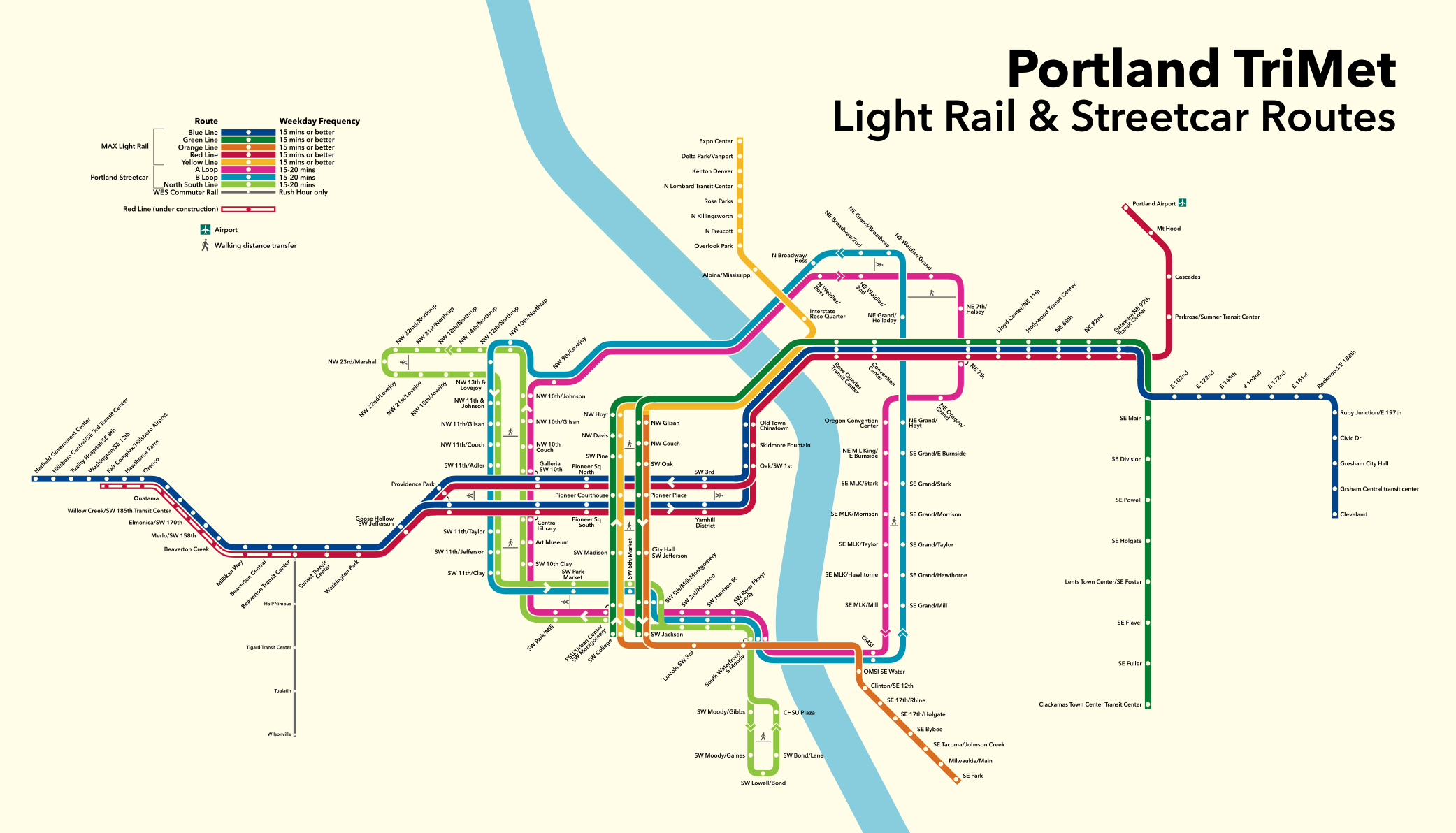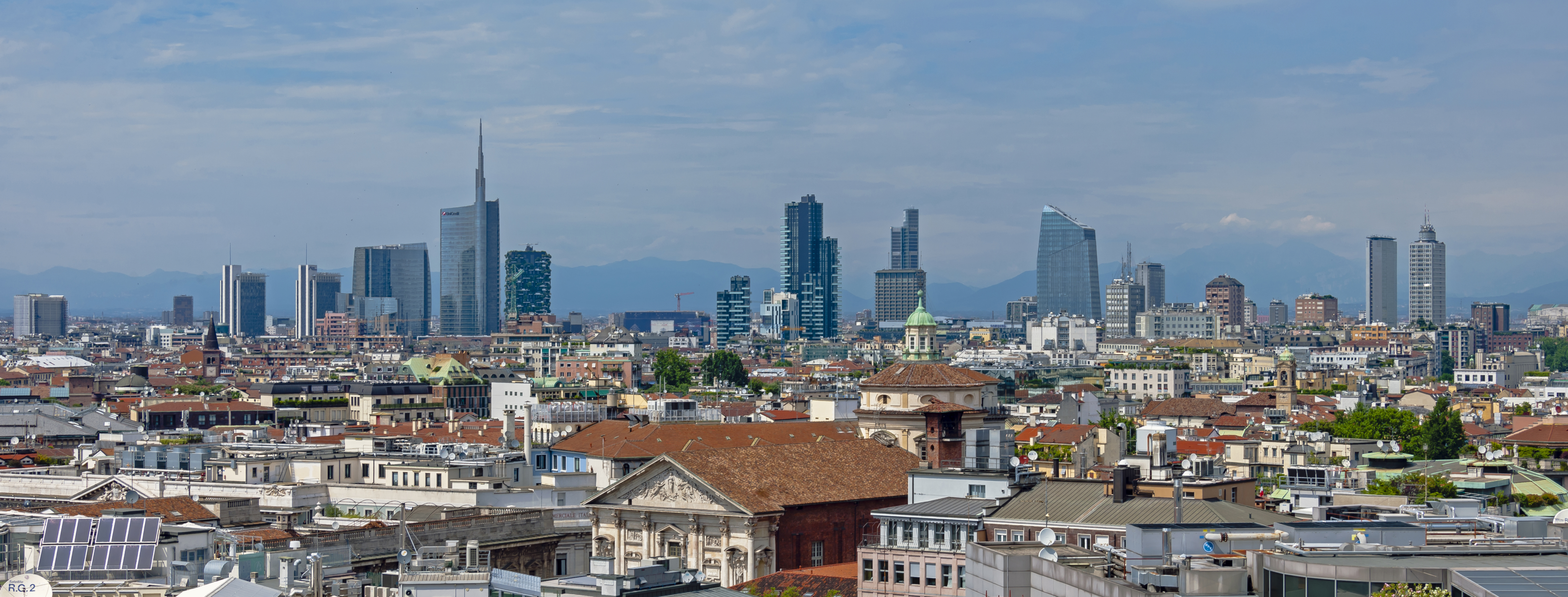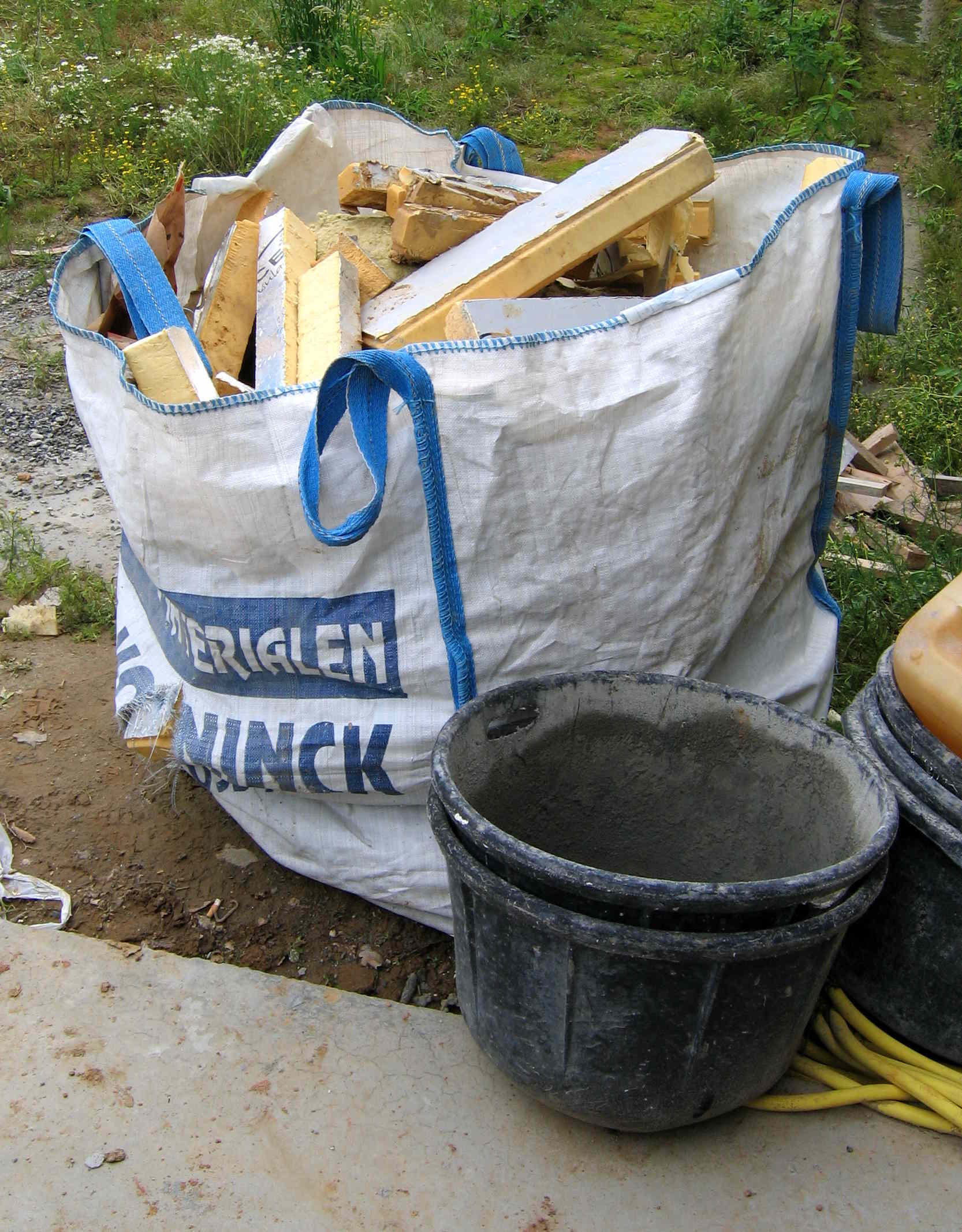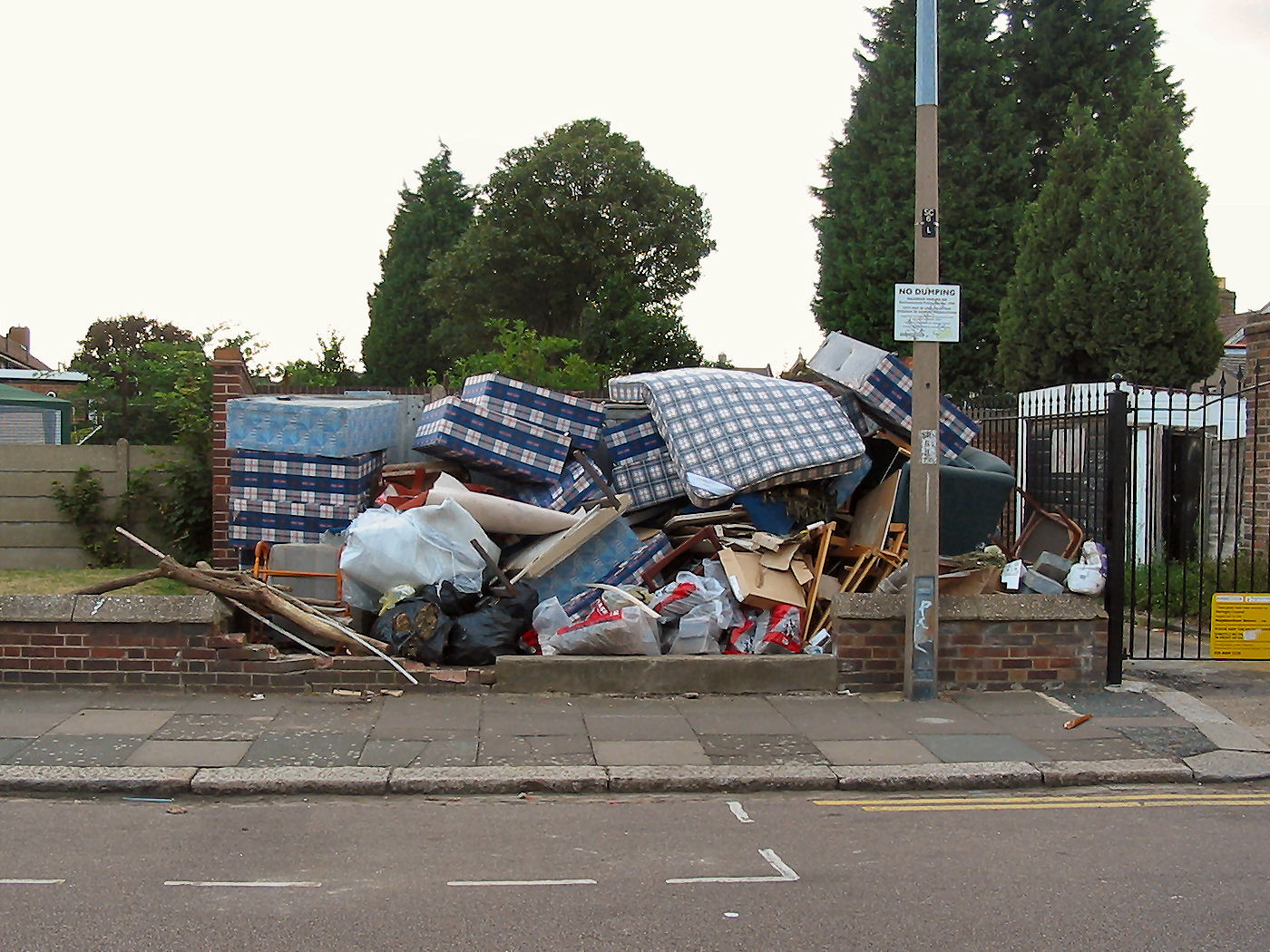|
Metro (Oregon Regional Government)
Metro is the regional government for the Oregon portion of the Portland metropolitan area, covering portions of Clackamas, Multnomah, and Washington Counties. It is the only directly elected regional government and metropolitan planning organization in the United States. Metro is responsible for overseeing the Portland region's solid waste system, general planning of land use and transportation, maintaining certain regional parks and natural areas, and operating the Oregon Zoo, Oregon Convention Center, Portland's Centers for the Arts, and the Portland Expo Center. It also distributes money from two voter-approved tax measures: one for homeless services and one for affordable housing. History and evolution Metro in its current form evolved from Columbia Region Association of Governments (CRAG) (1966–1978) and a predecessor Metropolitan Service District (MSD) (1957–1966). Measure 6, a 1978 statewide ballot measure established Metro, effective January 1, 1979. In 1992 v ... [...More Info...] [...Related Items...] OR: [Wikipedia] [Google] [Baidu] |
Portland Metropolitan Area
The Portland metropolitan area is a metro area in the U.S. states of Oregon and Washington centered on the principal city of Portland, Oregon. The U.S. Office of Management and Budget (OMB) identifies it as the Portland–Vancouver–Hillsboro, OR–WA Metropolitan Statistical Area, a metropolitan statistical area used by the United States Census Bureau (USCB) and other entities. The OMB defines the area as comprising Clackamas, Columbia, Multnomah, Washington, and Yamhill Counties in Oregon, and Clark and Skamania Counties in Washington. The area's population is estimated at 2,753,168 in 2017. The Oregon portion of the metropolitan area is the state's largest urban center, while the Washington portion of the metropolitan area is the state's third-largest urban center after Seattle and Spokane (the Seattle Urban Area includes Tacoma and Everett). Portions of the Portland metro area (Clackamas, Multnomah, and Washington Counties) are under the jurisdiction of Metro, a direc ... [...More Info...] [...Related Items...] OR: [Wikipedia] [Google] [Baidu] |
Home-rule
Home rule is government of a colony, dependent country, or region by its own citizens. It is thus the power of a part (administrative division) of a state or an external dependent country to exercise such of the state's powers of governance within its own administrative area that have been decentralized to it by the central government. In the British Isles, it traditionally referred to self-government, devolution or independence of its constituent nations—initially Ireland, and later Scotland, Wales, and Northern Ireland. In the United States and other countries organised as federations of states, the term usually refers to the process and mechanisms of self-government as exercised by municipalities, counties, or other units of local government at the level below that of a federal state (e.g., US state, in which context see special legislation). It can also refer to the system under which Greenland and the Faroe Islands are associated with Denmark. Home rule is not, however ... [...More Info...] [...Related Items...] OR: [Wikipedia] [Google] [Baidu] |
MAX Light Rail
The Metropolitan Area Express (MAX) is a light rail system serving the Portland metropolitan area in the U.S. state of Oregon. Owned and operated by TriMet, it consists of five color-designated lines that altogether connect the six sections of Portland; the communities of Beaverton, Clackamas, Gresham, Hillsboro, Milwaukie, and Oak Grove; and Portland International Airport to Portland City Center. Service runs seven days a week with headways of between 30 minutes off-peak and three minutes during rush hours. In 2019, MAX had an average daily ridership of 120,900, or 38.8 million annually. Due to the COVID-19 pandemic, which impacted public transit use globally, annual ridership plummeted, with only 14.8 million riders recorded in 2021. MAX was among the first second-generation American light rail systems to be built, conceived from freeway revolts that took place in Portland in the early 1970s. Planning for the network's inaugural eastside segment, then re ... [...More Info...] [...Related Items...] OR: [Wikipedia] [Google] [Baidu] |
TriMet
TriMet, formally known as the Tri-County Metropolitan Transportation District of Oregon, is a public agency that operates mass transit in a region that spans most of the Portland metropolitan area in the U.S. state of Oregon. Created in 1969 by the Oregon legislature, the district replaced five private bus companies that operated in the three counties: Multnomah, Washington, and Clackamas. TriMet started operating a light rail system, MAX, in 1986, which has since been expanded to five lines that now cover , as well as the WES Commuter Rail line in 2009. It also provides the operators and maintenance personnel for the city of Portland-owned Portland Streetcar system. In , the system had a ridership of , or about per weekday as of . In addition to rail lines, TriMet provides the region's bus system, as well as LIFT paratransit service. There are 688 buses in TriMet's fleet that operate on 85 lines. In 2018, the entire system averaged 310,000 rides per weekday and operat ... [...More Info...] [...Related Items...] OR: [Wikipedia] [Google] [Baidu] |
Transportation In Portland, Oregon
Like transportation in the rest of the United States, the primary mode of local transportation in Portland, Oregon is the automobile. Metro, the metropolitan area's regional government, has a regional master plan in which transit-oriented development plays a major role. This approach, part of the new urbanism, promotes mixed-use and high-density development around light rail stops and transit centers, and the investment of the metropolitan area's share of federal tax dollars into multiple modes of transportation. In the United States, this focus is atypical in an era when automobile use led many areas to neglect their core cities in favor of development along interstate highways, in suburbs, and satellite cities. Mass transit Portland has a public transportation system. The bus and rail system is operated by TriMet, its name reflecting the three metropolitan area counties it serves ( Multnomah, Clackamas, and Washington). Portland's rate of public transit use (12.6% of com ... [...More Info...] [...Related Items...] OR: [Wikipedia] [Google] [Baidu] |
Land Development
Land development is the alteration of landscape in any number of ways such as: * Changing landforms from a natural or semi-natural state for a purpose such as agriculture or housing * Subdividing real estate into lots, typically for the purpose of building homes * Real estate development or changing its purpose, for example by converting an unused factory complex into a condominium. Economic aspects In an economic context, land development is also sometimes advertised as land improvement or land amelioration. It refers to investment making land more usable by humans. For accounting purposes it refers to any variety of projects that increase the value of the process . Most are depreciable, but some land improvements are not able to be depreciated because a useful life cannot be determined. Home building and containment are two of the most common and the oldest types of development. In an urban context, land development furthermore includes: * Road construction ** Access ro ... [...More Info...] [...Related Items...] OR: [Wikipedia] [Google] [Baidu] |
Urban Sprawl
Urban sprawl (also known as suburban sprawl or urban encroachment) is defined as "the spreading of urban developments (such as houses and shopping centers) on undeveloped land near a city." Urban sprawl has been described as the unrestricted growth in many urban areas of housing, commercial development, and roads over large expanses of land, with little concern for urban planning. In addition to describing a special form of urbanization, the term also relates to the social and environmental consequences associated with this development. Medieval suburbs suffered from loss of protection of city walls, before the advent of industrial warfare. Modern disadvantages and costs include increased travel time, transport costs, pollution, and destruction of the countryside. The cost of building urban infrastructure for new developments is hardly ever recouped through property taxes, amounting to a subsidy for the developers and new residents at the expense of existing property taxpayers. In ... [...More Info...] [...Related Items...] OR: [Wikipedia] [Google] [Baidu] |
Urban Growth Boundary
An urban growth boundary, or UGB, is a regional boundary, set in an attempt to control urban sprawl by, in its simplest form, mandating that the area inside the boundary be used for urban development and the area outside be preserved in its natural state or used for agriculture. Legislating for an "urban growth boundary" is one way, among many others, of managing the major challenges posed by unplanned urban growth and the encroachment of cities upon agricultural and rural land. An urban growth boundary circumscribes an entire urbanized area and is used by local governments as a guide to zoning and land use decisions, and by utilities and other infrastructure providers to improve efficiency through effective long term planning (e.g. optimising sewerage catchments, school districts, etc.). If the area affected by the boundary includes multiple jurisdictions a special urban planning agency may be created by the state or regional government to manage the boundary. In a rural context, ... [...More Info...] [...Related Items...] OR: [Wikipedia] [Google] [Baidu] |
Land Use Planning
Land use planning is the process of regulating the use of land by a central authority. Usually, this is done to promote more desirable social and environmental outcomes as well as a more efficient use of resources. More specifically, the goals of modern land use planning often include environmental conservation, restraint of urban sprawl, minimization of transport costs, prevention of land use conflicts, and a reduction in exposure to pollutants. In the pursuit of these goals, planners assume that regulating the use of land will change the patterns of human behavior, and that these changes are beneficial. The first assumption, that regulating land use changes the patterns of human behavior is widely accepted. However, the second assumption - that these changes are beneficial - is contested, and depends on the location and regulations being discussed. In urban planning, land use planning seeks to order and regulate land use in an efficient and ethical way, thus preventing land ... [...More Info...] [...Related Items...] OR: [Wikipedia] [Google] [Baidu] |
Construction Debris
Construction waste or debris is any kind of debris from the construction process. Different government agencies have clear definitions. For example, the United States Environmental Protection Agency EPA defines construction and demolition materials as “debris generated during the construction, renovation and demolition of buildings, roads, and bridges.” Additionally, the EPA has categorized Construction and Demolition (C&D) waste into three categories: non-dangerous, hazardous, and semi-hazardous. Of total waste in the United States, 90% comes from the demolition of structures, while waste generated during construction accounts for less than 10%. Construction waste frequently includes materials that are hazardous if disposed of in landfills. Such items inculude fluorescent lights, batteries, and other electrical equipment. When waste is created, options of disposal include exportation to a landfill, incineration, direct site reuse through integration into construction or a ... [...More Info...] [...Related Items...] OR: [Wikipedia] [Google] [Baidu] |
Hazardous Waste
Hazardous waste is waste that has substantial or potential threats to public health or the environment. Hazardous waste is a type of dangerous goods. They usually have one or more of the following hazardous traits: ignitability, reactivity, corrosivity, toxicity. Listed hazardous wastes are materials specifically listed by regulatory authorities as hazardous wastes which are from non-specific sources, specific sources, or discarded chemical products. Hazardous wastes may be found in different physical states such as gaseous, liquids, or solids. A hazardous waste is a special type of waste because it cannot be disposed of by common means like other by-products of our everyday lives. Depending on the physical state of the waste, treatment and solidification processes might be required. The Basel Convention on the Control of Transboundary Movements of Hazardous Wastes and Their Disposal was signed by 199 countries and went into force in 1992. Plastic was added to the convention i ... [...More Info...] [...Related Items...] OR: [Wikipedia] [Google] [Baidu] |
Illegal Dumping
Illegal dumping, also called fly dumping or fly tipping ( UK), is the dumping of waste illegally instead of using an authorized method such as curbside collection or using an authorized rubbish dump. It is the illegal deposit of any waste onto land, including waste dumped or tipped on a site with no license to accept waste. The United States Environmental Protection Agency developed a “profile” of the typical illegal dumper. Characteristics of offenders include local residents, construction and landscaping contractors, waste removers, scrap yard operators, and automobile and tire repair shops. Terminology Illegal dumping is typically distinguished from littering by the type and amount of material and/or the manner in which it is discarded. An example of littering could be throwing a cigarette on the ground. However, emptying a rubbish bin with no permission in a public or private area can be classified as illegal dumping. The term ''fly tipping'' is derived from the verb '' ... [...More Info...] [...Related Items...] OR: [Wikipedia] [Google] [Baidu] |








